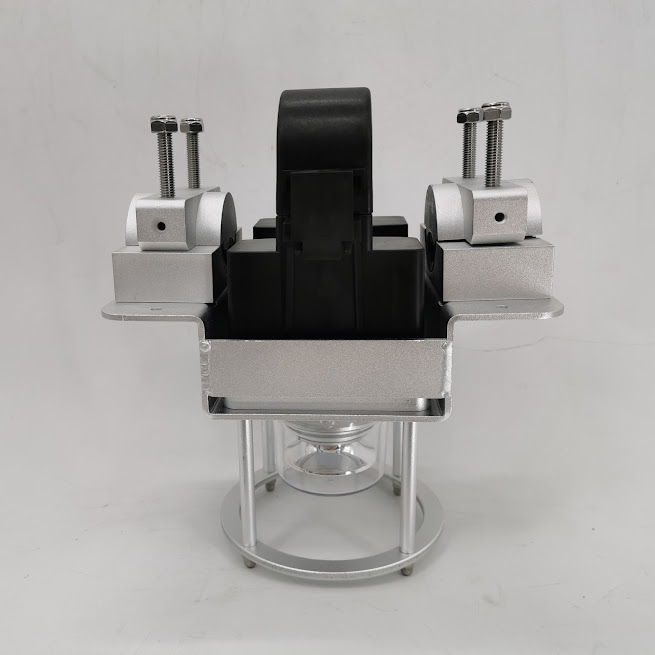Building Light-Building Obstruction Light/Rooftop Heliport Lighting
Obstruction lighting solutions to be set at the top of buildings,
and heliport lights, to be set around the runway in order to guide helicopters pilots.
Lighting of buildings with heliports
If the building has an elevated heliport, that is to say located on a raised structure on land, lighting marks have to be set around the runways to guide the pilots during take-off and landing.
In the case of these elevated heliports, the Final Approach and Take-Off areas (FATO), and the Touchdown and Lift-Off areas (TLOF) are coincidental: only the TLOF runway matters.
As a matter of facts, TLOF area should be lighted with TLOF perimeter lights: fixed omnidirectional green lights, inside the floor, or not higher than 25cm, uniformly spaced from 3 meters maximum.
It will be possible to add floodlights to the perimeter lights, in order to identify better the heliport marks.
Lighting of buildings judged as air obstacles
In the case of a building considered as an obstruction for aircrafts, that is to say located near airports or heliports, it is right to install obstruction beacons to light the general definition and the extend of the building.
The perimeter will be marked with low or medium intensity lights located on the highest points or edges of the building. If they all are on the same height, the edge nearest the landing area shall be lighted.
Low intensity obstruction lights have to be spaced at longitudinal intervals not exceeding 45 meters, and the medium intensity lamps at intervals not exceeding 900 meters.
The case of sites for Emergency Medical Service by Helicopter
Hospitals platforms used for Emergency Medical Service by Helicopter missions, elevated heliports used by air medical services have to be marked according to rules fixed by ICAO, and more precisely by DGAC in its layout guide for sites for Emergency Medical Service by Helicopter:
"FATO marking out: on elevated heliports, only TLOF marking is used."
"TLOF marking out: at night (...) on elevated heliport : inset fixed green omnidirectional light, or green light panel omnidirectional, and floodlights, are set up.”
Building Beaconing Rules
- Lighting of buildings judged as air obstacles
The low intensity obstacle lights LIOL B are installed on heights of less than 45 meters.
Distance between each low intensity obstruction lights on the building edge has to be 45 meters maximum.
The medium intensity obstacle lights MIOL AB are installed on heights of more than 45 meters.
- Lighting of buildings with heliports
For elevated heliports (on the top of buildings) and also for surface-level heliports (on the floor), CDT heliport lights are made to light the different areas on these heliports: the Final Approach and Take-Off areas (FATO), the Touchdown and Lift-Off areas (TLOF) and the safety area.









评论
发表评论